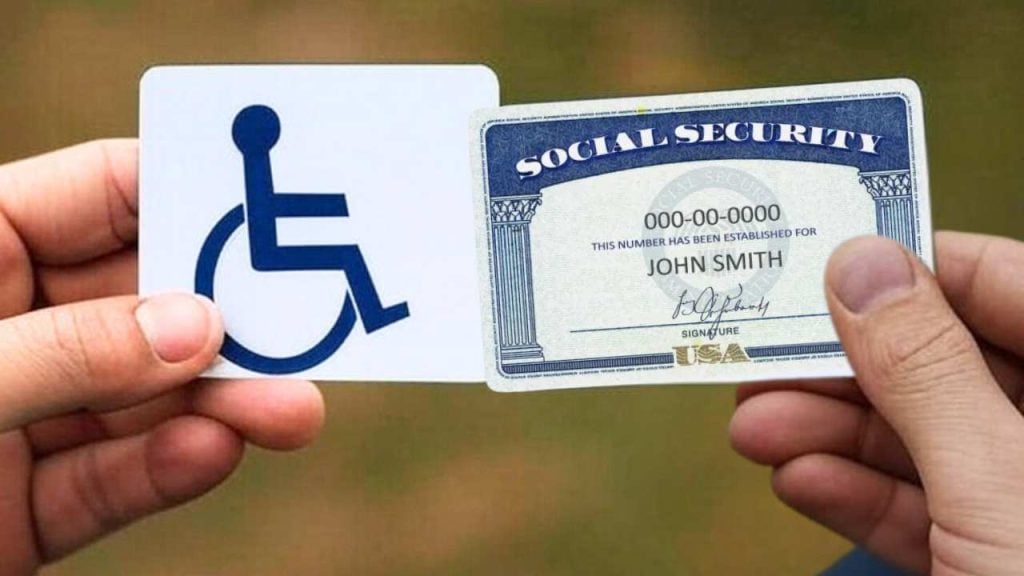Social Security Disability Insurance (SSDI) payments for June 2025 will once again follow the schedule established by the federal Social Security Administration (SSA). Beneficiaries who began receiving benefits after May 1997 will receive funds based on their date of birth. Those receiving SSI will receive their benefits on May 30.
The official schedule indicates that there will be three typical payment dates, spread throughout June. Those born between June 1 and 10 will receive their benefits on Wednesday, June 11. Those born between June 11 and 20 will receive their funds on Wednesday, June 18. Finally, beneficiaries whose birthdays are between June 21 and 31 will receive their benefits on Wednesday, June 25.
There is one exception for a small group: those who have been on SSDI since before May 1997. They receive their payments on Tuesday, June 3, a date also shared by those who receive Supplemental Security Income (SSI).
How much maximum SSDI benefits to expect
The maximum monthly SSDI payment in 2025 is $4,018, after a 2.5% cost-of-living adjustment increase. This amount applies to taxpayers with the highest earnings during their working life.
The average amount reported by DisabilitySecrets.com is $1,580 per month, according to official SSA data. Approximately two-thirds of beneficiaries receive less than $1,600. Other estimates suggest slightly higher averages, but the SSA has not released consolidated figures.
Now, if you also have Supplemental Security Income (SSI), you could get up to $967, for a single recipient, and $1,450 for a couple receiving the funds together.
Basic requirements for disability payments
Those wishing to be eligible for these and other SSDI amounts must first meet the requirement of having a medical condition that prevents them from performing “substantial gainful activity” for at least 12 months. They must also not exceed the income limit, which is $1,620 per month for individuals who are not blind, and $2,700 for those who are blind.
Forty work credits are required, with 20 accumulated in the last 10 years prior to the disability. Exceptions apply based on age. Applicants must have a history of Social Security contributions. Those receiving retirement benefits cannot simultaneously collect SSDI.
Some SSDI beneficiaries may experience reductions
Starting in June, the Treasury Department can withhold up to 15% of SSDI payments for defaulted student loans. CNBC reports indicate this would affect approximately 452,000 beneficiaries. The measure applies only to defaulted federal loans.
So, if you have student debt, you may see a reduction in your monthly payments. If this applies to you, it’s a good idea to visit your nearest SSA agency to determine what you can do to reduce the impact on your finances.
